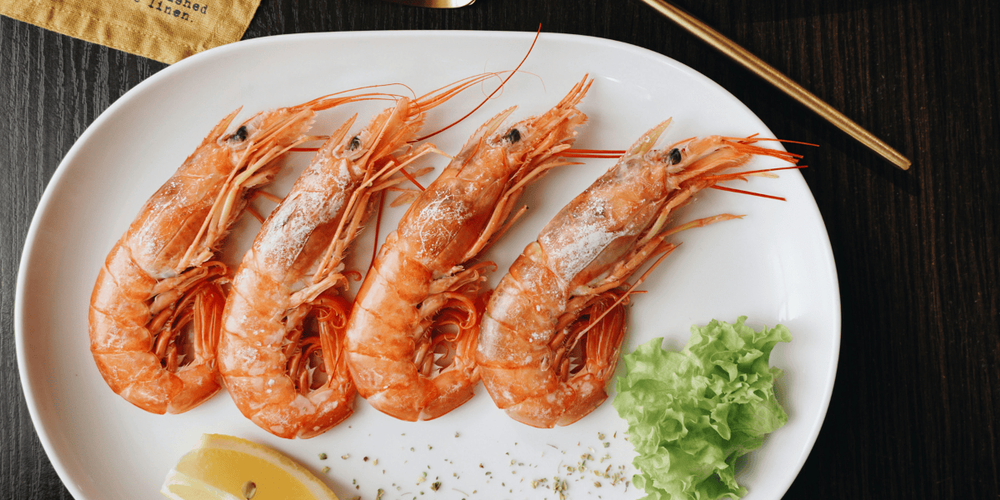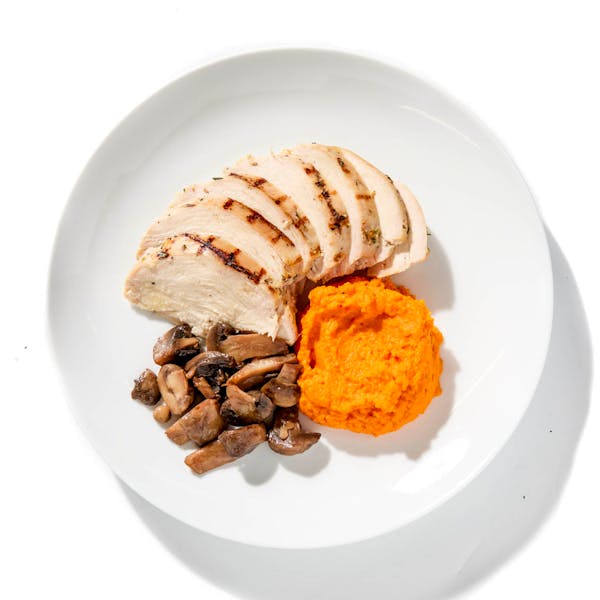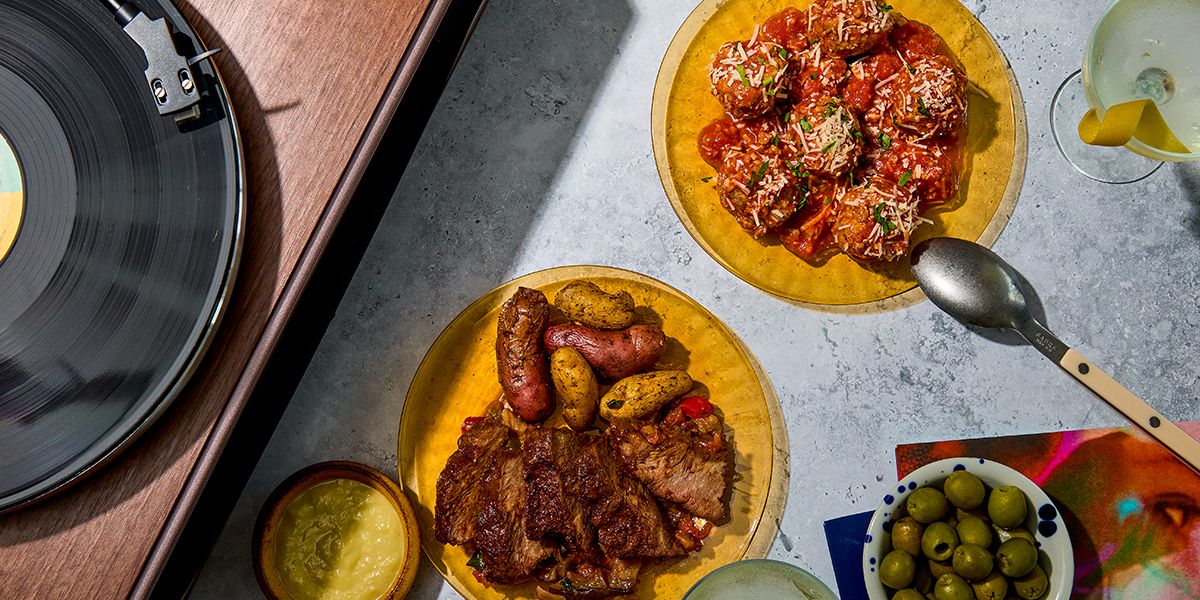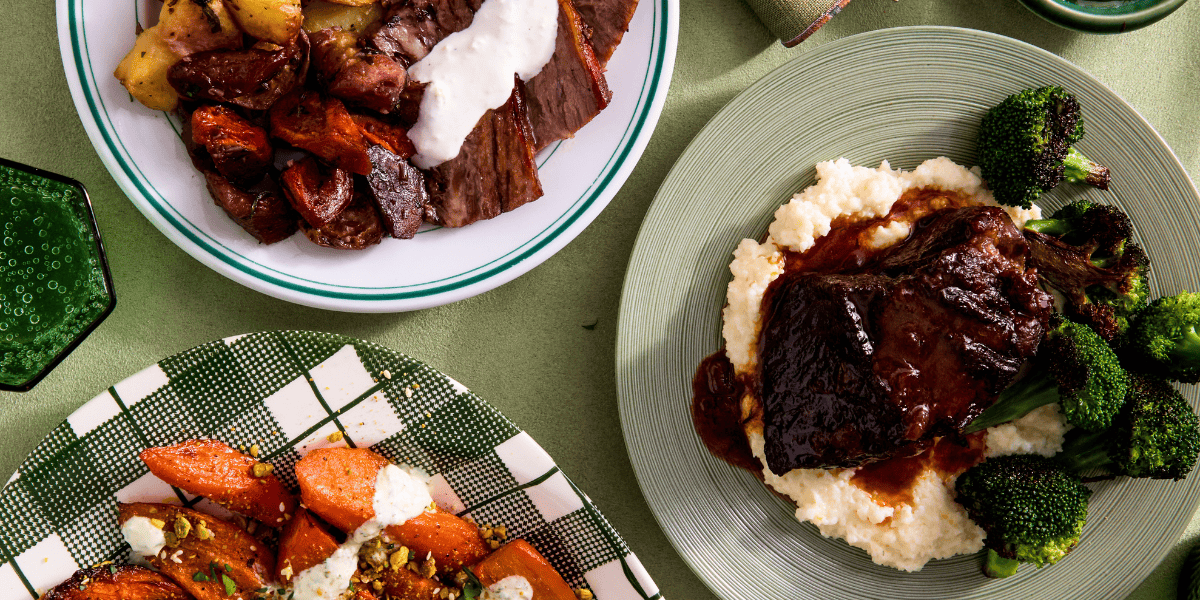

Emily Peck

Aarthi Sampath

Hong Thaimee

Emily Peck

John DeLucie

Chris Ratel

Esther Choi

John DeLucie

Andres Mendez

Emily Peck

Aarthi Sampath

Hong Thaimee

Emily Peck

John DeLucie

Chris Ratel

Esther Choi

John DeLucie

Andres Mendez
Related Articles

Hack your high-protein meal plan this fall
Fuel your fall with high-protein, chef-made meals. Discover calorie-specific meal plans, low-carb options, and seasonal recipes to hit your goals without sacrificing flavor.

Sam Oriach |
Recipe created on: 9/6/2025

The best fall dinner ideas you’ll actually look forward to
Discover the best fall dinner ideas for busy weeknights. Explore easy fall dinner recipes with autumn ingredients, chef-made meals, and time-saving tips.

Sam Oriach |
Recipe created on: 8/8/2025

10 no-cook summer meals for staying cool and satisfied
No-cook summer meals made simple. Explore 10 easy summer dinners with no heat, no hassle, and all the flavor your hot weather cravings need.

Sam Oriach |
Recipe created on: 7/31/2025